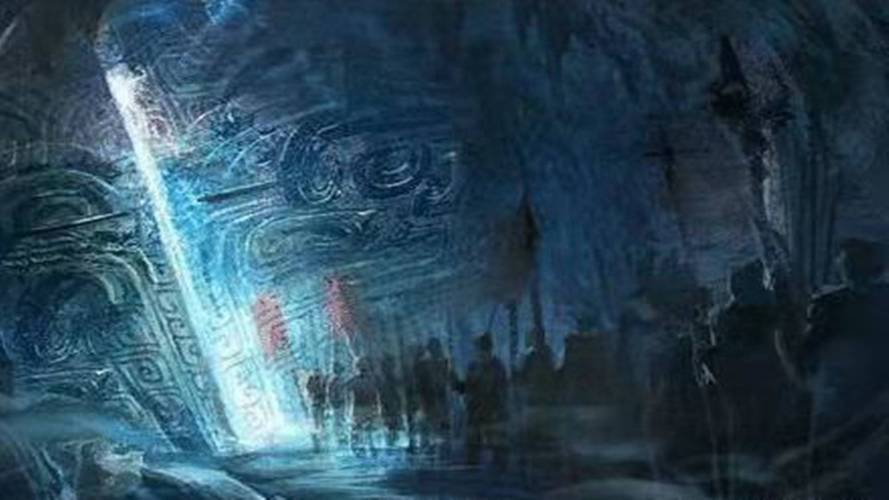
What Secrets Lie Within: The Enigma of Qin Shi Huang's Tomb
The tomb of the first Emperor Qin Shi Huang has captivated imaginations for centuries. Shrouded in mystery and whispered legend, it stands as a testament to a powerful ruler and a bygone era. While archaeologists have made significant discoveries about the tomb complex, the central mausoleum remains unopened, its secrets tantalizingly out of reach. Rumors abound of ancient booby traps, vast riches, and even rivers of mercury, painting a picture that rivals the most fantastical adventure films.
A Tomb Fit for an Emperor
Qin Shi Huang, the unifier of China and founder of the Qin Dynasty, was obsessed with immortality. He dedicated much of his reign to seeking the elixir of eternal life, and this obsession extended to his final resting place. Construction on his tomb began almost immediately upon his ascension to the throne and continued for nearly 40 years, involving hundreds of thousands of laborers.
Historical records and archaeological discoveries have revealed a breathtakingly vast complex, covering over 50 square kilometers. The outer areas are home to the famed Terracotta Army, with thousands of life-sized terracotta soldiers, chariots, and horses standing guard for eternity. Yet, this incredible army is merely the tip of the iceberg.
Whispers of Wonders and Dangers
Ancient texts like the "Records of the Grand Historian" by Sima Qian, offer tantalizing glimpses into the tomb's interior. Sima Qian describes a celestial ceiling adorned with constellations, mirroring the heavens above. The floor, he writes, is a map of the emperor's vast domain, with flowing rivers of mercury representing the great waterways of China.
These descriptions, however, are also laced with warnings of danger. Sima Qian writes of "crossbow mechanisms set up so that any thief breaking in would be shot." This has led many to believe that the tomb is riddled with ingenious and deadly traps, designed to protect the emperor's slumber and deter any would-be grave robbers.
The Mercury Mystery
Adding to the air of danger is the presence of mercury. Scientific analysis of the soil surrounding the tomb has revealed significantly elevated levels of mercury, lending credence to Sima Qian's accounts. While the potential hazards of excavating a site with high mercury concentrations have given archaeologists pause, the very presence of such a substance raises intriguing questions about the ancient Chinese understanding of chemistry and their beliefs regarding the afterlife.
An Ethical Dilemma
Despite the allure of uncovering the secrets buried within, the Chinese government has chosen to keep Qin Shi Huang's tomb sealed. This decision stems from several factors. Primarily, there are concerns about the technological capabilities required to safely excavate the site without damaging its contents. The potential dangers posed by mercury are also a significant deterrent.
Beyond the logistical and environmental concerns, there's also a deeply rooted respect for the sanctity of the tomb. Disturbing the final resting place of such a significant historical figure carries immense cultural weight, and many believe that the emperor should be allowed to rest undisturbed.
A Legacy Undisturbed
The tomb of Qin Shi Huang remains an enigmatic symbol of China's rich history and a testament to the enduring power of curiosity. While the secrets hidden within its depths remain elusive for now, the ongoing research and technological advancements may one day allow us to peer beyond the veil of time and unravel the mysteries of the first emperor's final resting place.
Q&A
Q: When was the tomb discovered?
A: While the existence of the tomb complex was documented in ancient texts, the first significant discovery occurred in 1974 when farmers unearthed fragments of the now-famous Terracotta Army.
Q: Why hasn't the tomb been opened?
A: A combination of factors, including technological limitations, concerns about preserving the delicate artifacts within, the potential dangers of mercury, and respect for the cultural significance of the site, have led to the decision to keep the tomb sealed.
Q: What can we learn from studying the tomb complex?
A: Even without excavating the central tomb, studying the surrounding complex provides invaluable insights into the Qin Dynasty's artistry, military prowess, beliefs about the afterlife, and the political climate of ancient China.
note: This return of all, without the author's permission, may not be reproduced